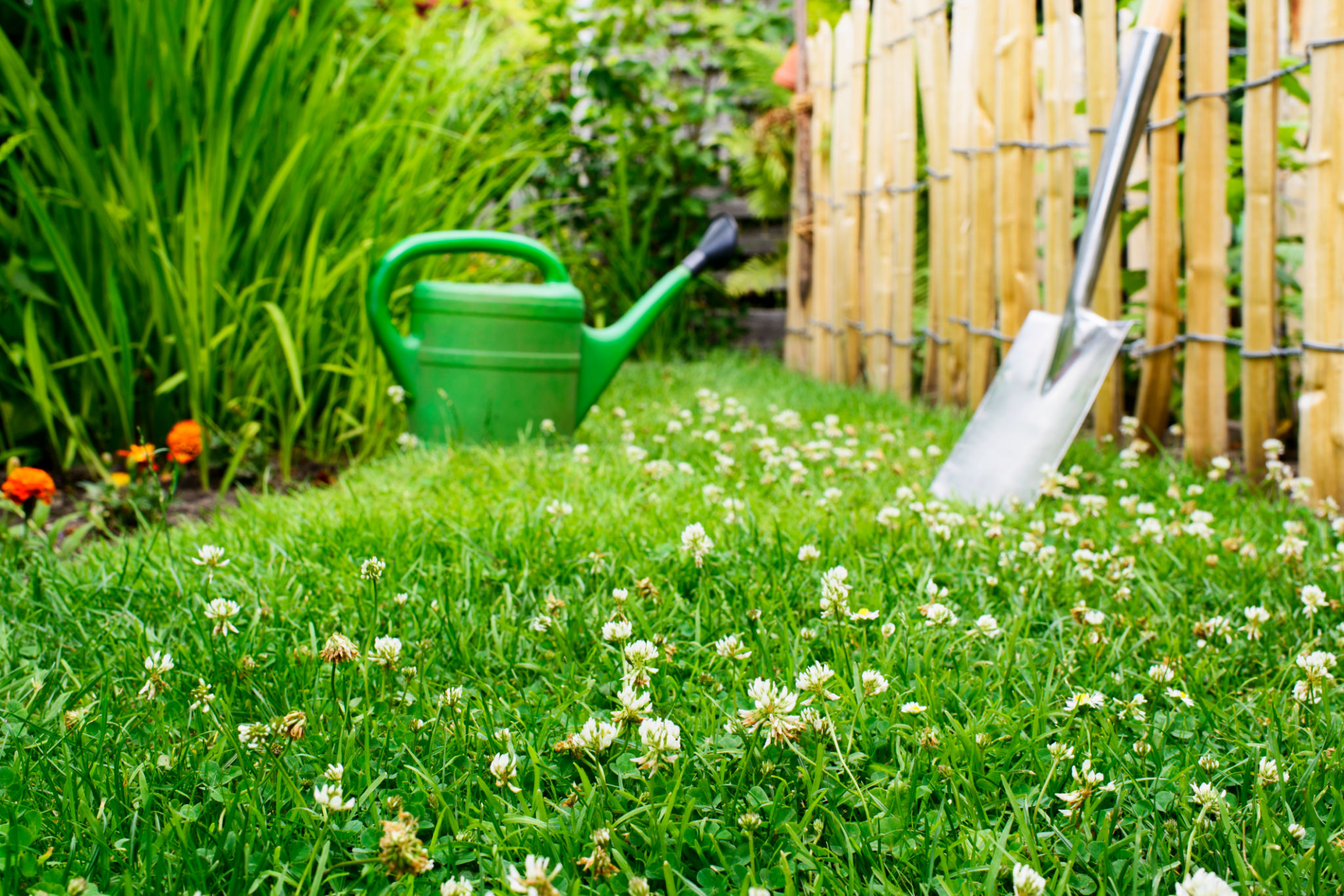Case Study: Successful Clover Lawn Installations and Their Environmental Impact
Introduction to Clover Lawn Installations
In recent years, clover lawns have gained popularity as a sustainable alternative to traditional grass lawns. These installations not only offer an aesthetically pleasing landscape but also contribute positively to the environment. Clover, a resilient and low-maintenance plant, provides numerous benefits that make it an ideal choice for eco-conscious homeowners.
By replacing or supplementing traditional grass with clover, individuals can significantly reduce water usage and minimize the need for chemical fertilizers and pesticides. This case study explores successful clover lawn installations and examines their environmental impact.

Benefits of Clover Lawns
Clover lawns are favored for their ability to thrive in diverse conditions with minimal care. One of the most compelling advantages is their drought resistance. Unlike grass, clover requires far less water to maintain its lush green appearance, making it an excellent choice for areas prone to dry spells.
Moreover, clover naturally enriches the soil by fixing nitrogen from the atmosphere. This reduces the need for synthetic fertilizers, which can leach into waterways and cause pollution. Furthermore, clover's dense growth inhibits weed development, reducing the reliance on chemical herbicides.

Case Study: A Community Transformation
In a suburban community in California, a collective decision was made to transition from traditional grass lawns to clover lawns. The project aimed to address water scarcity issues and reduce the neighborhood's overall carbon footprint. The results were remarkable.
After installation, residents reported a 30% reduction in water usage, highlighting the significant impact of clover’s drought tolerance. Additionally, the community saw a noticeable decline in lawn maintenance costs due to decreased fertilizer and pesticide requirements.

Environmental Impact
The environmental benefits extended beyond water savings. With less need for mowing and chemical treatments, the community experienced a reduction in air and soil pollution. The flowering clover also attracted pollinators, such as bees and butterflies, fostering a healthier local ecosystem.
Moreover, the nitrogen-fixing properties of clover improved soil health over time, creating a more fertile ground that supported other plant life. This transformation not only beautified the community but also demonstrated how simple changes can significantly impact environmental conservation.
Challenges and Considerations
While clover lawns offer numerous benefits, they are not without challenges. Some homeowners may be concerned about the initial cost of installation and the time required for clover to establish itself fully. Additionally, clover may not suit all aesthetic preferences due to its distinct appearance compared to traditional grass.
Nevertheless, these challenges can be mitigated with proper planning and education. By understanding the long-term environmental and financial benefits, more individuals may be encouraged to make the switch.

Conclusion: A Greener Future
Clover lawns represent a shift towards sustainable landscaping practices that prioritize environmental health. As communities continue to explore alternatives to conventional lawns, case studies like this one showcase the potential benefits and inspire others to follow suit.
In embracing innovative solutions such as clover lawns, we take vital steps toward a greener future, ensuring that our landscapes remain vibrant and sustainable for generations to come.